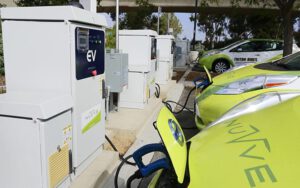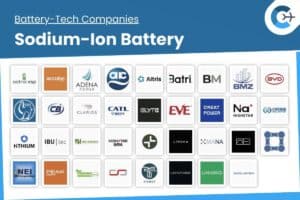German battery manufacturer BMZ Group has initiated insolvency proceedings for key units after losing a primary energy storage customer, resulting in legal disputes, increased costs, and a liquidity shortfall. The filings, announced Friday, involve two operational subsidiaries, with insolvency proceedings launched under self-administration rules. BMZ Holding, the group’s parent company, also filed for insolvency.
BMZ Group, known for producing lithium-ion battery systems, said the process will conclude with a restructuring plan that includes carving out the operational activities of BMZ Germany GmbH into a new entity. The group emphasized that other core business units will remain outside the insolvency process and continue normal operations. To maintain business continuity, existing shareholders have contributed bridge financing and additional capital.
Looking ahead, BMZ plans to concentrate on industrial battery systems and bespoke energy solutions, targeting sectors such as uninterruptible power supplies, telecommunications, and renewable energy storage. The group noted that customer relationships and ongoing projects in these areas remain unaffected.
Susanne Klatten’s investment firm, SKion GmbH, acquired a 20 percent stake in BMZ Group in 2022. While SKion’s involvement supported the company’s expansion into new markets, the recent loss of a strategic energy storage client triggered a series of contractual disputes and cost overruns that undermined cash flow. The insolvency filings are designed to protect the business while management negotiates with creditors and restructures operations.
The self-administration process affords BMZ the opportunity to restructure under court supervision without external insolvency administrators. If successful, the new operational unit could emerge leaner and more focused on high-demand segments within the battery technology landscape. The company affirmed its commitment to supporting employees and maintaining supply commitments to industrial customers during the transition.
Source: Investing.com
















